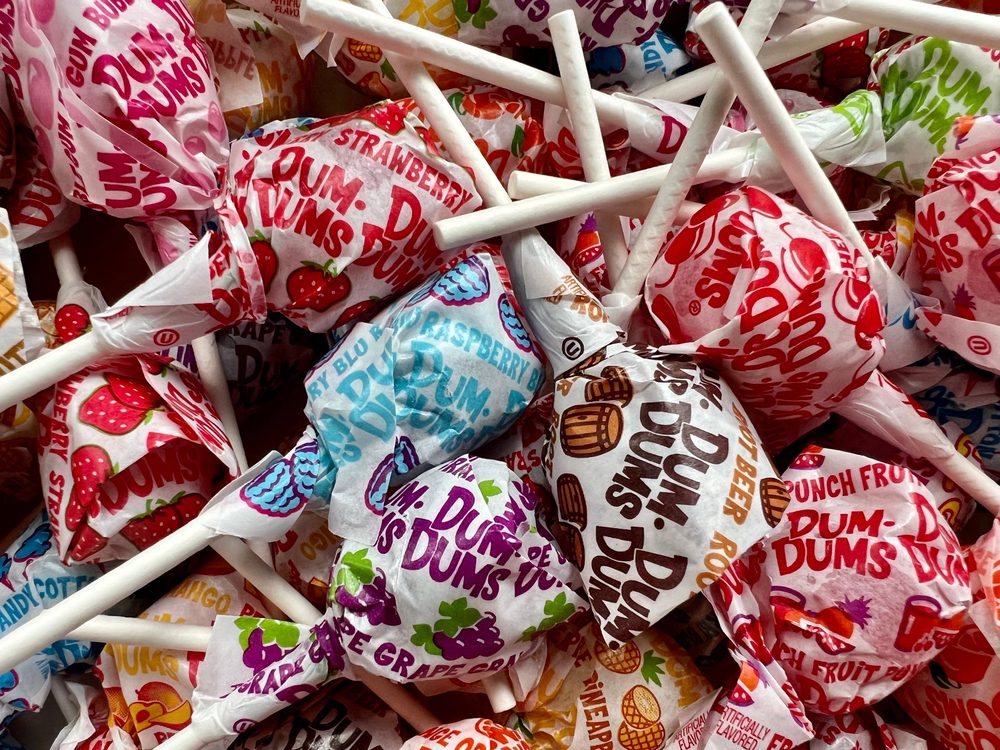The use of triggered email messaging is up 73% year over year, with triggered messages yielding 70.5% higher open rates and 101.8% higher click rates, according to Epsilon’s Q4 2012 North America Email Trends and Benchmarks Report.
Triggered messages accounted for 5% of total email volume. For the report, benchmarks were compiled from over 360 million triggered emails sent by Epsilon in the fourth quarter of 2012. The campaigns were deployed as a result of triggers like welcome messages, abandoned shopping carts, thank yous or anniversaries.
For the third consecutive quarter, over half of the average brand’s opt-in email list had no activity, according to the report’s Email Activity Segmentation Evaluation. These metrics are compiled from over 710 million non-bounced and opted-in email addresses that were contacted from January 1, 2012 through December 31, 2013 across multiple industries and approximately 150 clients.
“In Q4 2012, 63% of the average email file was unengaged with marketers’ email programs,” said Judy Loschen, vice president of digital analytics, in a statement. “Marketers cannot assume that their task is complete after they receive an opt-in to their email program. Marketers must constantly work to engage each individual subscriber.”
During the 12 months reviewed in the report, 49.9% of an average email file had at least one open or click; 63.4% of new subscribers (addresses that have been on a marketer’s file for less than three months) in an average list had no opens or clicks. Approximately 28.3% of subscribers in an average email file had opened or clicked in the most recent three months.
The quarterly analysis is compiled from 7.3 billion emails sent by Epsilon in October, November and December 2012 across multiple industries and approximately 170 participating clients.
The report showed that non-bounce rates remained strong at 96%, while open rates increased both quarter over quarter (+0.6%) and year over year (+10.6%), resulting in an overall open rate of 27.4%. Click rates were unchanged from the third quarter of last year, remaining at 4.5%.
 Network
Network

